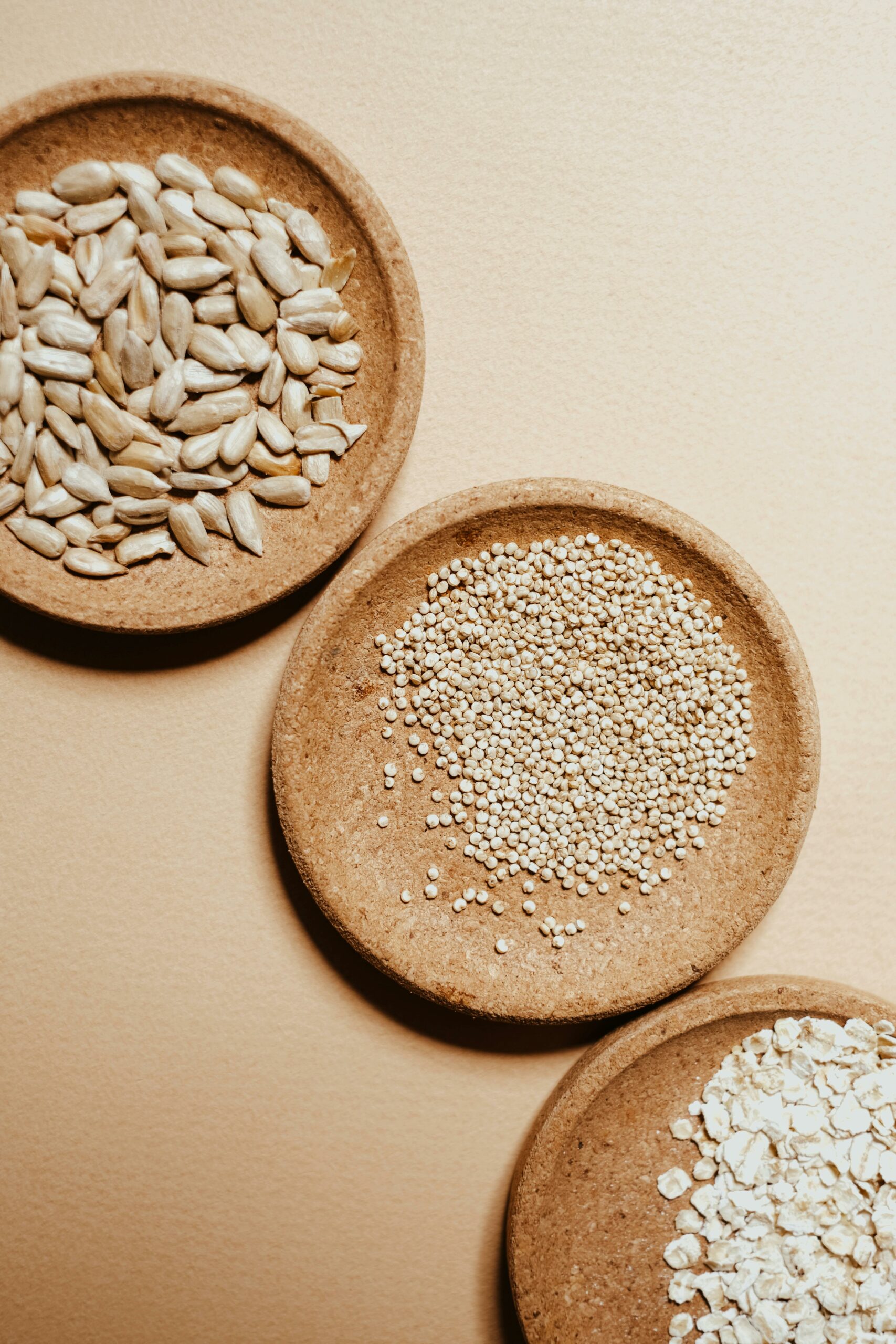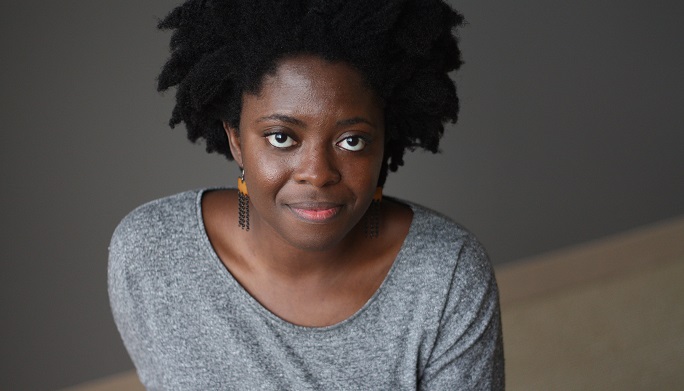As an educator in inner-city Houston, Texas, I have noticed that most of my older teens and college-aged students have never been asked to take creative control in the way that I ask them to in a poetic workshop. They are used to working towards a rubric, a checklist to cross off in an effort to win points. So the idea of an open-ended prompt with no wrong (or right) answers is daunting for them. Some of these young writers may have never read a poem, or the last poem they read was found in the pages of Where the Sidewalk Ends.
Whenever I visit a public school classroom and announce that we are going to spend the next few hours writing a poem, I often get groans and rolled eyes. But I see this as a challenge to prove to these young writers that poetry is all around them and is more relevant and accessible than they think. Poetry can contain images, themes, or a voice they can relate to or see themselves and their experiences within. To help them get started, I introduce them to poets like Jericho Brown, whose depiction of Blackness and queerness is so honest and vulnerable it cuts to the bone, or Natalie Diaz, whose concrete images resonate. I encourage them to empathize with the vulnerability and beauty of a poet like J. Bruce Fuller, whose content feels driven by the need to escape the reality of poverty and the circumstances of birth in a forgotten part of the United States. Many of my inner-city students also find themselves in these, or similar, circumstances, and most of the time, the reaction I get is, “Whoa! This is a poem?” or “Yo, they got paid for this?” to which I reply, and you could too—if you’re lucky and work hard.
My goal is not only to provide these young writers with mentors who speak to and honor their lived experiences but also to show them that poetry is not only for those born with silver spoons awaiting their lips. For first-timers, I like to teach them that they can appropriate forms. For example, they can steal the format of something mundane, like basic instructions or a family recipe.
To guide students through the selection of their mundane form, I offer up these questions:
Is this recipe/guide important to you, and why? Is it culturally relevant?
Is this a traditional dish/job/activity? Is it socially pertinent?
Does this activity help you build a community?
Once they’ve landed on a subject, I ask them to write out at least seven to 10 steps instructing a novice on how to complete the task that matters most to them. If they can’t accomplish this step, I tell them they’ve either selected the wrong recipe, or we need to explore the idea further—i.e., try a brainstorming technique or Google it! They can even copy and paste a list of instructions and redact it down to 10 steps or less.
Next, I ask them to answer a few questions in complete sentences:
How did you come by this recipe/activity?
Is it a family tradition? Or something a friend or mentor taught you?
Do you do this alone or with others?
How does it make you feel? To make this dish? To consume it?
Once they have two or three of those sentences, I tell them to set those aside as well.
Then, I give them three slightly more complex requests:
Write a sentence that answers the question, what if this thing didn’t exist or if you were told you couldn’t make this thing ever again?
Write a simile that compares your mundane thing to something divine.
Write a metaphor that provides clarity or identifies hidden similarities between your mundane thing and something divine.
Depending on student levels, I explain the difference between similes and metaphors. Once those are completed, you guessed it, they’re set aside.
Looking back at the list of steps, I ask the room to go through and highlight phrases or instructions they want to keep. I remind them that we are going to be replacing most of these instructions with poetic lines and that they don’t have to use everything, just enough to give readers the gist of the list of steps. You want readers to recognize the subject and original form—but beyond that, not much more is needed. I will commonly take a recipe we’ve found together online and show them how I extrapolate a poetic line and make it personal. For example, if the instruction in the recipe reads gather ingredients in a bowl and divide into equal parts, I might replace that simple instruction with a line like gather the split halves of yourself into silver bowls. I also assure them that some steps from the recipe can stay as originally written to help them maintain that recognizable form, such as the line Mix well. Set aside. I can leave that line as is and keep moving on down the list. I show them that they can completely reimagine the sentence using some of the same words; for example, the recipe might read, Remove butter from the cold and shred it into the flour mixture with the box grater. Should look like coarse crumbs, but our poetic line could say, remove yourself from the cold. Shred your shroud and lay all coarseness bare.
Once they have rewritten the steps into poetic lines, ask them to add their simile somewhere toward the poem’s opening—within the first two or three lines. The metaphor should come towards the end, within two or three lines of the poem’s close. The other answers, I tell them, need a home somewhere in between their instructive lines. Then we revise and edit for the best flow. Every student walks away with a completed poem that holds personal and communal pertinence, concrete images, and numerous literary devices. Of course, I wait until the end to point out to them that they are all poets now.
Mentor texts:
“Packing for the Future: Instructions” by Lorna Crozier
“Bay Leaves” by Nikki Giovanni
Also in the magazine:
“Recipe Poems: Metaphor as a Recipe for Life” by Sarah Dohrmann
Photo by Vie Studio

Miranda Ramírez
Miranda Ramírez is a multidisciplinary artist and writer born in Houston, Texas. She’s the founder and director of Defunkt, a literary columnist for Public Poetry, a guest editor for Teachers & Writers Collaborative, and a co-organizer of the Houston Poetry and Arts Festival. You may find her work in Atticus Review’s The Attic, Coffin Bell, Cowboy Jamboree, Cutthroat Journal’s anthology Puro Chicanx Writers of the 21st Century, Ripples in Space, and St. Lucy Books’ compendium Double Feature due out later this year. She is editing her first novel as an MFA candidate at Sam Houston State University.



